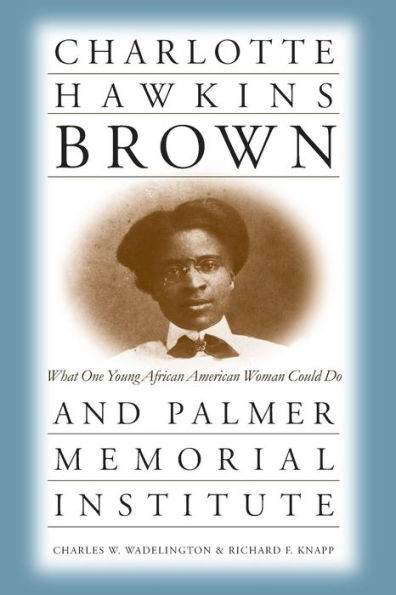5
1
9780807847947


Charlotte Hawkins Brown and Palmer Memorial Institute: What One Young African American Woman Could Do / Edition 1 available in Paperback

Charlotte Hawkins Brown and Palmer Memorial Institute: What One Young African American Woman Could Do / Edition 1
- ISBN-10:
- 0807847941
- ISBN-13:
- 9780807847947
- Pub. Date:
- 11/29/1999
- Publisher:
- The University of North Carolina Press
- ISBN-10:
- 0807847941
- ISBN-13:
- 9780807847947
- Pub. Date:
- 11/29/1999
- Publisher:
- The University of North Carolina Press
37.5
In Stock

Product Details
| ISBN-13: | 9780807847947 |
|---|---|
| Publisher: | The University of North Carolina Press |
| Publication date: | 11/29/1999 |
| Edition description: | 1 |
| Pages: | 320 |
| Sales rank: | 1,115,629 |
| Product dimensions: | 6.12(w) x 9.25(h) x 0.72(d) |
About the Author
What People are Saying About This
From the B&N Reads Blog
